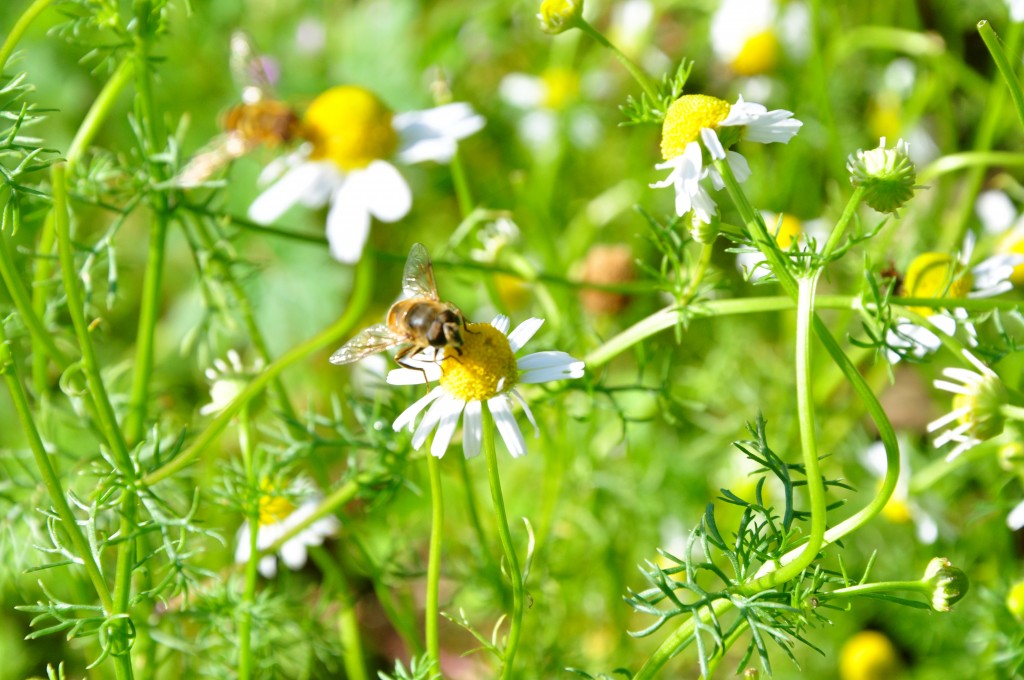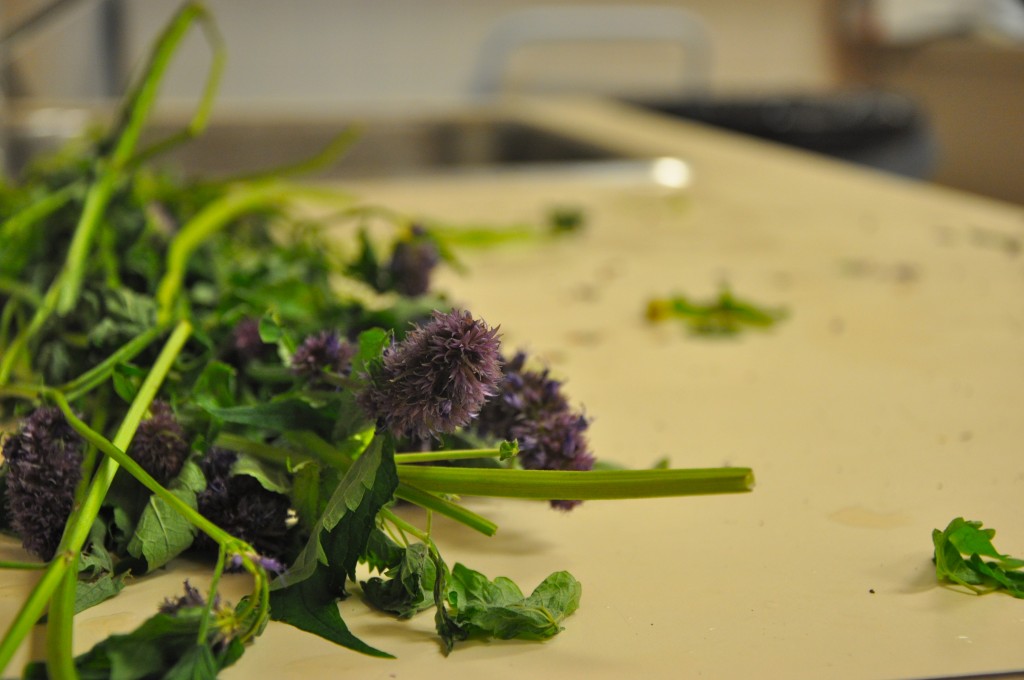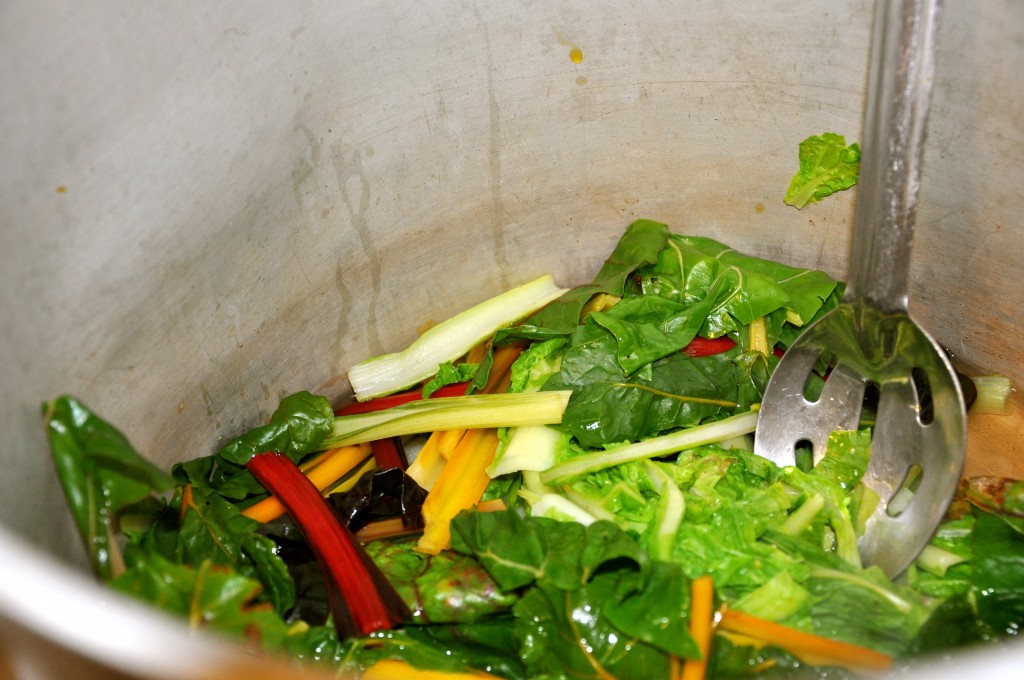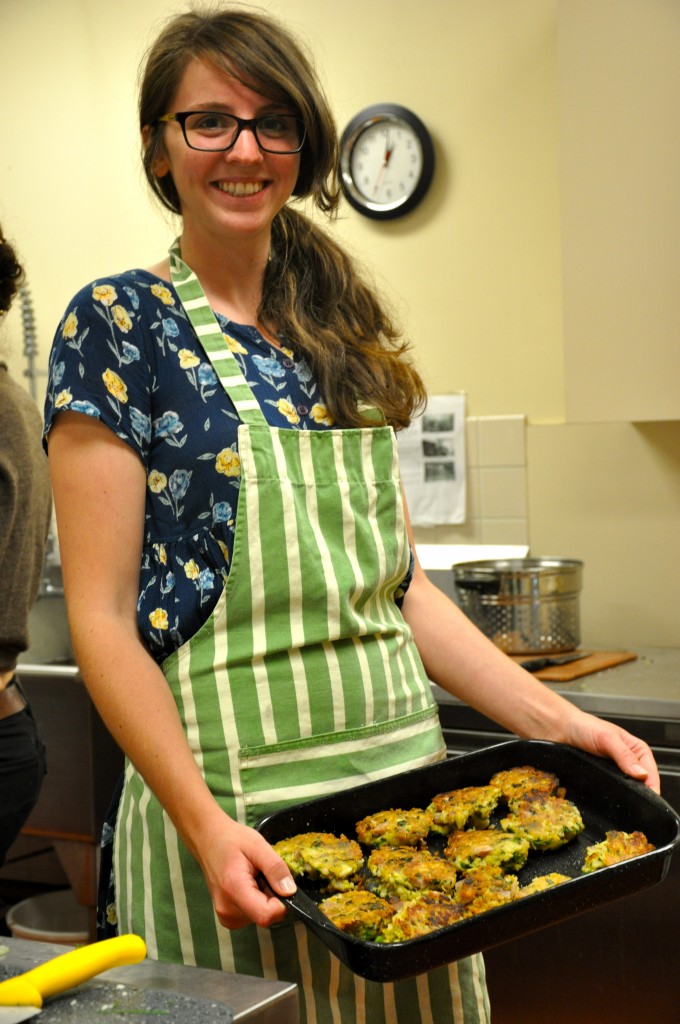This week has been a different one for group 28! Instead of our usual group meetings and activity, we finalized our list of native and traditional plants and assigned two or three to each group member, and have been doing individual research. We are looking forward to meeting again to share and post our findings. The research process has been very interesting, with each of us becoming something of an expert on our assigned plants. As we have mentioned, one or two of our members have also taken courses that focused on Native plants, and though we can’t use their knowledge as a source, they have been able to recommend books that have been enormously helpful to our research. We are meeting on November 6th to discuss what we’ve found so far and to share what we’ve learned.
As mentioned before, the database will focus on the native plants as used by the First Nations of British Columbia, beginning with those that can be found in either the IAH Garden or the UBC Botanical Garden. If we have enough time, we will try to include other gardens or wild areas around campus, such as Pacific Spirit Park. Each plant entry will be structured as follows:
-
We will begin with a brief discussion of the species information and ecology of the plant, with links to other databases for further information, such as E-Flora BC.
-
We will then have a section containing medicinal and nutritional information about how Aboriginal peoples have used the plant and the different cultures’ diverse relationships with it.
-
Then we will relay traditional stories about how the plants were used, or anecdotes that can be found in the literature.
-
Finally, we will provide a list of locations where that plant can be found on campus, linked to a map if possible.
We sense that the story section of the database would be more accurate if we could interview local First Nations people, an ethical and temporal limitation that has been frustration to us. This week’s e-lecture highlights the importance of community consultation and constantly listening and valuing local knowledge during intervention projects. We are struggling with the idea of completing our project without consulting any actual Aboriginal members of local communities beforehand. We are hoping that once this project is well established, more each item in our database can be supplemented through ongoing consultation directly with the First Nations community. Perhaps if the concept of Biocultural Diversity is indeed developed into a course, a stronger connection with the local First Nations communities could be established. Of course, the concept of Biocultural Diversity extends to all local communities, so extending the reach of the database will likely always remain a goal.

Post #7 in the making.
Molly Campbell, our TA, also brought a very important concern to our attention. Many of the plants in our database were used for medicinal purposes and we want to include these uses for our future readers. However, we need to be very careful about the content of our entries in order to avoid possible health issues resulting from the use of these plants by the public. For example, the processing of plants and dosage is information that could easily get lost in the various levels of communication intrinsic to academic sources, as opposed to primary sources. Furthermore, the use of a certain medicinal plant could interact negatively with medication that a person is currently taking. We discussed the possibility of adding a disclaimer at the end of each entry saying to not try using this plant without consulting a physician. It is difficult however, because this seems to de-legitimize the knowledge of the Aboriginal people who developed uses of these plants over thousands of years, and using this approach may come across as valuing western science and knowledge as more accurate. As a result, we are currently brainstorming different possibilities to address this issue while attempting to write very accurate entries about the plants. We plan to ask Eduardo, one of our community liaisons, his opinion on this matter.
Lastly, we mentioned in our last blog post that our group would be attending the Feast Bowl that is organized by the IAH Garden; however, the lunch was unfortunately at the same time as our LFS 350 lecture this month and we therefore could not attend. We would like to attend one more Feast Bowl before the end of the term, but November’s event is the day of our final presentations, and December’s is, of course, during finals. Since the decision that the IAH Garden is to take less prominent of a role in our database we haven’t been in touch with our second community liaison Hannah as much, and hoped that the Feast Bowls would be a way to maintain this contact. However, we may find it more practical to simply meet with her to consult about general concerns that come up around our project.




